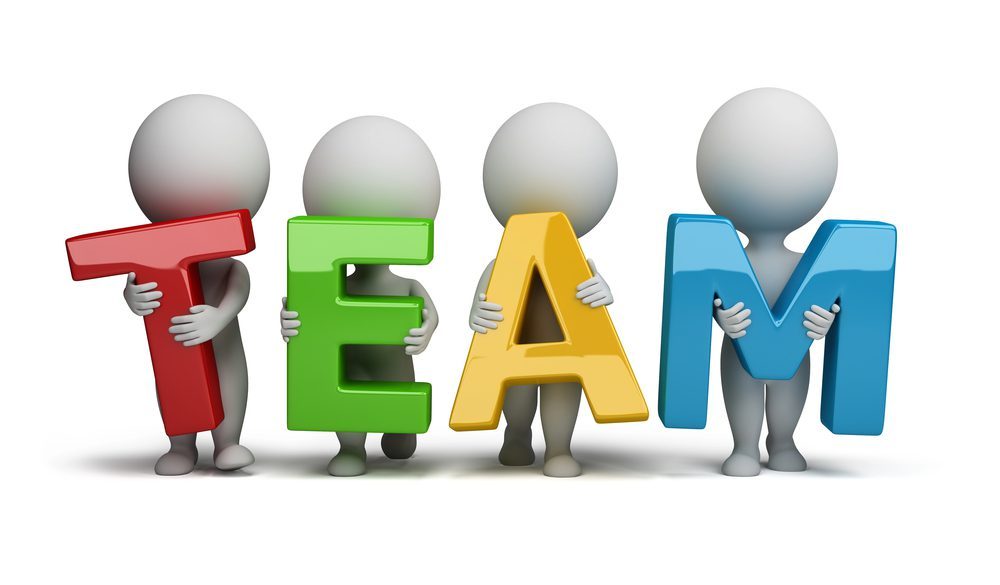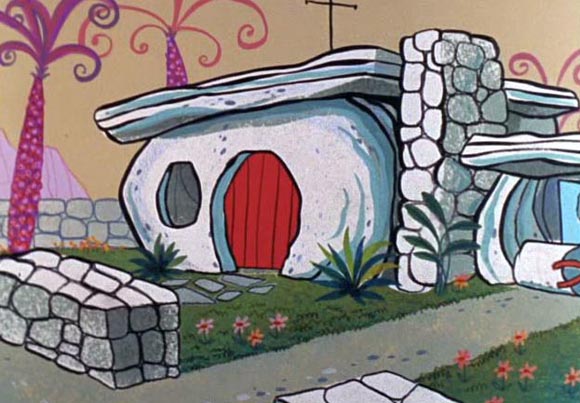If someone asks, what NLP is I can trot out the usual collection of explanations depending on who is asking, why they seem to be asking and how much time we have. It’s an instruction manual for the mind; it’s about how to think not what to think; NLP stands for Neuro Linguistic Programming, so it’s about the mind, language, and how we think and produce our behaviour. All very valid and useful short descriptions. Richard Bandler, the co-creator of NLP defined it as, “An attitude and a methodology, that leaves behind a trail of techniques.”Because of a drive to standardise NLP for certification purposes it is most often presented as just a trail of techniques, but it is much more than that. Bandler’s definition means that NLP is a living entity, it may not still get taught that way all the time, but when you really understand it, you can see it as such.
Bandler’s ‘attitude’ is made up of curiosity and flexibility. The methodology is modelling. If someone else is good at doing something, can I breakdown what they do, find the difference that makes a difference, leave out what is idiosyncratic, install their process in me, so that I can get their results, and then teach others. The reason why it is a living entity is that you can apply this attitude and methodology to things other than those Richard Bandler, and his co-creator John Grinder, did. If you do apply these principles elsewhere, whatever you uncover probably won’t be added to the canon of NLP, but what you are doing is still within the original spirit of it.
One subject that I think falls into this, spirit of NLP but which isn’t technically NLP category, is the hero’s journey. This was codified by Joseph Campbell well before NLP was even imagined, but it was done in the spirit of what NLP became. Campbell laid out the human story telling archetype. He did so by examining old stories and identifying a subtle repeating pattern within them. This pattern is innate and emerges from the human unconscious when we tell or write stories. And now because of Campbell, the Hero’s Journey can be used consciously too, meaning that you can create a story which speaks to the pattern recognition nature of the listener’s unconscious mind. Rapport building, which is part of the NLP canon does something similar. It is a natural human process, people like people like themselves. All NLP did was to uncover how we naturally build rapport with others so that we can choose to do it consciously. Much of NLP is about this, uncovering natural human patterns and helping us to use them consciously. By doing so it is part of a growing trend of living our lives more consciously, rather than as a sack of over-reactive unconscious chemicals. Living more consciously is a natural process too, but one that is becoming more and more important these days. It involves –
- Taking responsibility for your life,
- Having more awareness of your own contribution to the challenges you face,
- Letting go of negative emotional triggers,
- Letting go of unhelpful behaviours, and
- Acquiring new skills.
The techniques within NLP help people to do these things too. The spirit of NLP is about continuous improvement to become the best version of you that you can be. By connecting to this spirit, we can uncover more about the nature of human existence and apply these learnings to improve our lives, and the techniques of NLP give us the tools to do that. In doing so we are living more consciously. The spirit is becoming conscious.
“Our life is what our thoughts make it.” Marcus Aurelius





